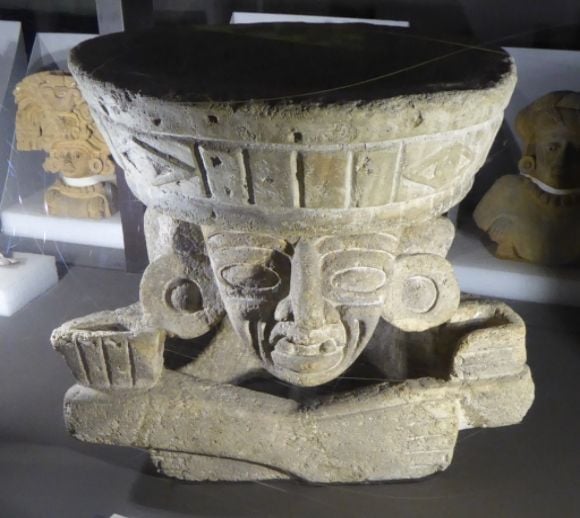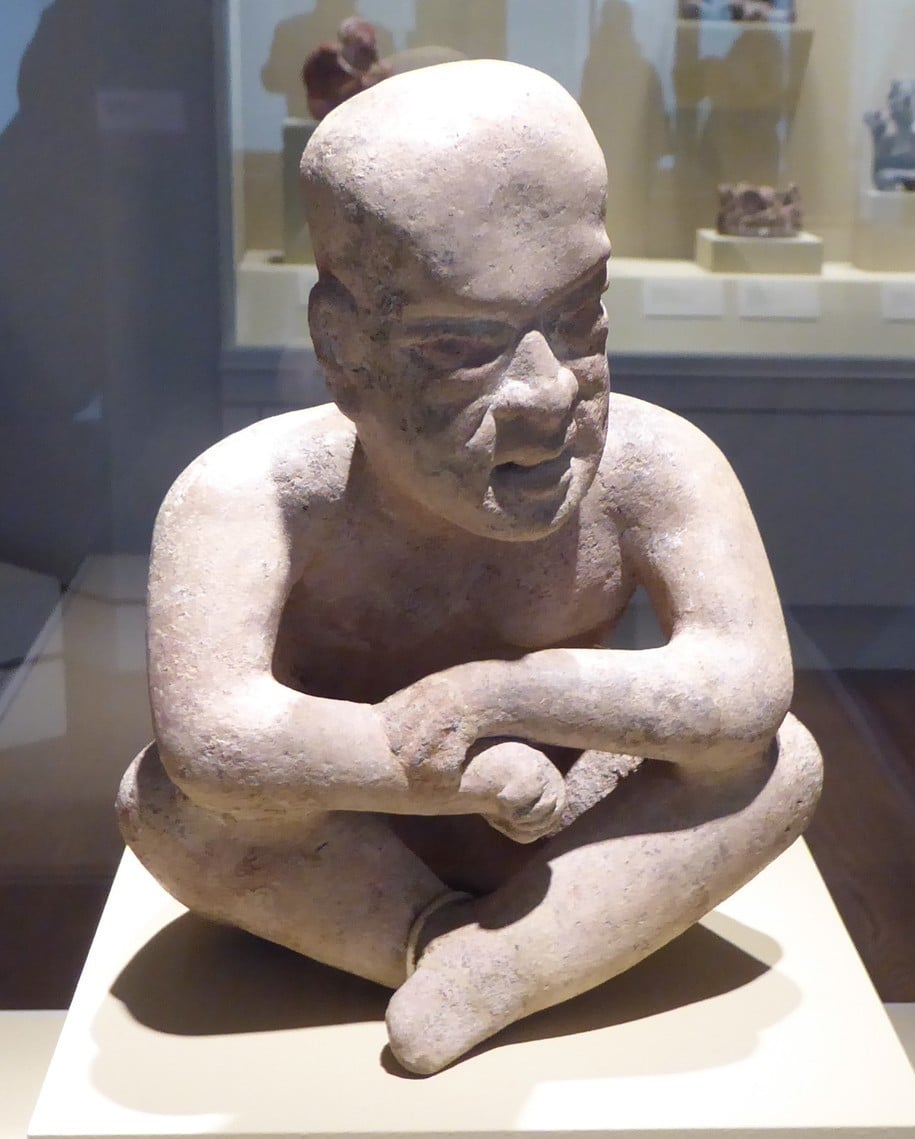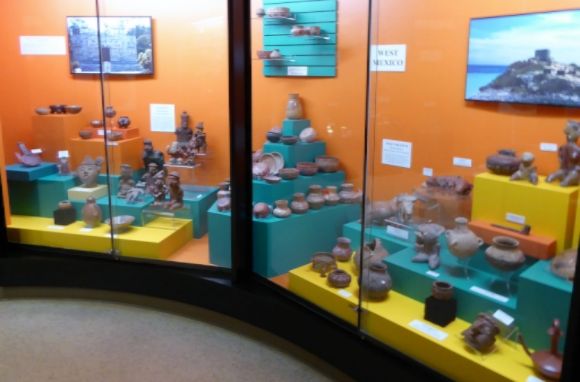Ancient America: Teotihuacan
( – promoted by navajo)
The largest city in Mexico, and one of the largest cities in the world in ancient times, was Teotihuacán. Construction of this city, which is located to the northeast of present-day Mexico City, was started about 2,200 years ago. By 1,500 years ago Teotihuacán had a population of about 250,000 people, making it the sixth largest city in the world at that time. It covered an area of about 12 square miles.
We don’t know who built Teotihuacán, what they called themselves, or what the people who lived in the city called it. The Aztec gave it the name Teotihuacán indicating that it was the birthplace of the gods. The Aztec also named some of the prominent architectural features of the city, including the Pyramid of the Sun and the Pyramid of the Moon. On the other hand, the Maya who lived to the south of the Valley of Mexico, had glyphs for the city which refer to it as the “Place of the Reeds.”
The city was a major religious center as well as an industrial center. The massive Pyramid of the Sun dominated the landscape. The Pyramid of the Sun measures about 710 feet by 710 feet at its base. The pyramid was constructed as five stepped platforms. There is a multi-chambered natural cave located under the structure which was used for ritual practices.
The Pyramid of the Sun contains three million tons of material, making it bulkier than the Egyptian Great Pyramid at Giza. Most of the pyramid consists of compacted mud which was reinforced with wooden poles. The pyramid was built on an inward sloping base. Overall, the construction of the pyramid shows a very sophisticated understanding of engineering techniques.
The city’s broad central avenue-called the “Avenue of the Dead” by people today-begins at the Pyramid of the Moon and runs for about 1.5 miles through the city and then continues toward the outlying mountains. The width of the avenue ranges from 132 feet to 313 feet. A long channel under the floor of the avenue drained rainwater into the San Juan River. Along the avenue are many other smaller platform mounds or pyramids.
Along the Avenue of the Dead was the large plaza which was surrounded by temples. This formed the geographic, religious and political center of the city. The Spanish named this plaza the “Citadel” because they thought it was a fort. The Citadel measures about 1,320 feet on each side and is surrounded by four large platform pyramids. It is estimated that this plaza could hold 100,000 people with little crowding.
The Pyramid of the Moon and its plaza form the starting point for the Avenue of the Dead. Walking down the centerline of the Avenue toward the Pyramid of the Moon, one notices that the apex of the Pyramid exactly coincides with a notch in the Cerro Gordo, the mountain to the north. It is felt that this pyramid, as well as many others in Mesoamerica, represents sacred mountains.
The Feathered Serpent Pyramid, constructed about 200 CE, was the last major architectural feature built in Teotihuacán. One unique feature of this pyramid was the large number of massive sacred images depicted in high relief on all four sides of the structure. The base of the pyramid was a square about 215 feet on each side. It was only about 60 feet in height and included seven stepped platforms.
With regard to religion, the teotihuacanos were polytheistic in that they worshipped many different gods. Like other Mesoamerican civilizations, they practiced human sacrifice. When constructing a new building, a war prisoner would often be ritually sacrificed to ensure prosperity.
Utilizing some of the principles used in modern urban planning, the city was laid out in a grid pattern. This grid pattern is aligned to precisely 15.5° east of north. Pecked-cross circles throughout the city and in the surrounding regions indicate how the grid was managed over long distances.
Teotihuacán was the center of industry in Mexico at this time. The city was the home to many potters, jewelers, and craftspeople. Obsidian artifacts are just one of the products that were produced in great numbers by the city’s craftspeople.
Teotihuacán appears to have been a multiethnic city. It was laid out with distinct quarters for ethnic groups such as the Zapotec, Mixtec, Maya, and Nahua.
The rich and powerful teotihuacanos lived in palaces near the temples. Some of these palaces covered nearly 30,000 square feet. The commoners lived in large apartment buildings spread across the city. The residents of an apartment complex were usually related to each other through the male line (that is, they were a patrilineal group). There were about 2,000 of these apartment complexes in Teotihuacán. These buildings contained the workshops that produced pottery, jewelry, obsidian blades, and other goods.
Teotihuacán is also known for its murals: tens of thousands of these murals were produced between 450 and 650. Art historians feel that the painters’ artistry was unrivaled in Mesoamerica and many compare these murals with those of Florence, Italy.
With regard to agriculture, the teotihuacanos used an irrigation system which delivered water to the fields before the normal rainy season.
The decline of Teotihuacán in 535-536 appears to be correlated with a prolonged drought coupled with internal unrest and increased warfare.






